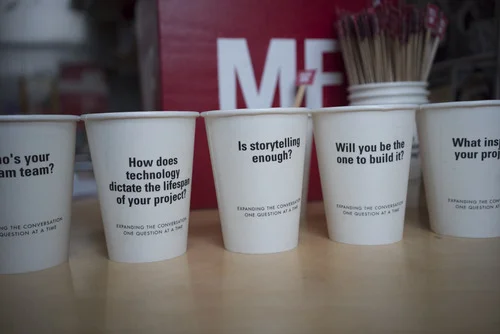PhotoEx Takeaways: Expanding the Conversation One Question at a Time
In one day, the 2nd annual Photography, Expanded symposium covered topics and raised issues that an entire industry has undoubtedly been grappling with for years. With the wide proliferation of emerging technologies comes an increasing need to adopt new strategies to sustain the quality and lifespan of the stories we produce. The crowd, presenters, panelists and moderators all generously shared their success, as well as their challenges, in attempts to navigate both the seemingly endless platforms and storytelling vehicles available to them – and the financial resources that are not.
“It would be impossible to summarize this day,” Magnum Foundation president Susan Meiselas said in closing. “It’s a big responsibility to not only get this conversation going, but to stimulate it.” In an attempt to both stimulate and sustain the conversation, and to boil down some of the big ideas and pressing problems currently facing photographers and visual storytellers, Meiselas called on the PhotoEx audience and thought-leaders in the field to share what they felt were the most important things they gained from the weekend’s conversations, and the biggest questions that still lie ahead.
Audience Takeaways:
- Mobile technology is assuming a more significant role as a gateway to longer form stories. Whats the next step in this development? How can we more extensively integrate mobile technology into long form stories?
- Form follows function. The story should always dictate the technological platform it is presented on. And oftentimes less is more – technology for technology’s sake will not benefit the story or the subject matter.
- Collaboration and strategy. Creating images and video is just the beginning. It takes teamwork and cross-media brainpower to create the interactive projects we’ve seen featured today.
- The misuse and manipulation of images is frequent in the digital space. Is it possible to exert control on how images are contextualized on the Internet? What safeguards can we rely on to make sure bona fide material is not misappropriated?
- Long form storytelling is still alive! In the age of memes and character limits, it’s still possible to summon attention through in-depth and long form projects. How can we better harness mainstream social media trends to promote and reinforce the larger story?
- This field is for all of us. This symposium, unlike other gatherings in the realm of technology and journalism, is not a gendered environment - there are just as many women here who are as interested, competent and able as men.
Susan left the audience with an inspiring directive: “Keep creating the dreams you have and do whatever you have to do to do it.”
The day after the symposium, PhotoEx panelists and other experts from the field gathered to talk through some of the wider and more theoretical considerations of conceptualizing, distributing and quantifying impacts of documentary storytelling. Broadly focused on the diverging paradigms of traditional, NGO and independent reporting, the discourse centered on these integral questions:
- How do we define ourselves, and how do those terms (advocate, activist, artist, independent, freelancer, etc.), effect the access we’re given and the work we’re able to produce?
- Who is our audience, and how are we reaching them? Is it better to push our work to huge, unknown audiences, or is it more effective to target smaller audiences who we know will be interested and engaged in our work?
- How are we funding this work (NGOs, traditional media, grants and foundations) and do we have responsibilities to our funders? How do we prioritize responsibilities to our audience and to our subjects?
- How do we get people to pay attention to pressing issues that are seemingly fatigued, such as climate change?
- Where does credibility come from – transparency, curation, youth
- Are there best practices or guidelines we could collectively establish? Or does standardization impose limits on work that crosses multiple platforms/approaches/medias/mediums?
This is the sixth and final post in a series recapping and reconsidering the issues and ideas presented at the PhotoEx symposium. Please keep up-to-date on PhotoEx programming and resources on Facebook and join the #PhotoEx dialogue on Twitter.
Written by Krystal Grow
Krystal Grow is an arts writer, photo editor and producer based in New York. She has written for TIME LightBox, TIME.com, LIFE.com, the New York TimesLens Blog, Stranger Than Fiction, and the DOC NYC blog. Follow her onTwitter and Instagram @kgreyscale.

